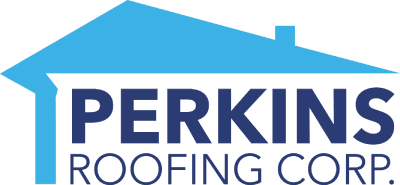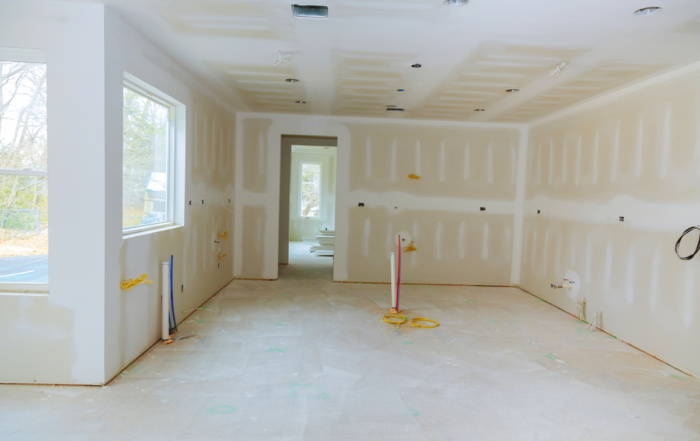
The choice of your home’s roof is an important one that can affect its appearance and functioning. In this blog post, we’ll examine the advantages and disadvantages of three common types of roofing: metal, flat, and shingle. Let’s investigate various roofing varieties and discover which one best suits your requirements.
Metal Roofs
Because of their toughness, energy efficiency, and slick appearance, metal roofs have become increasingly popular in recent years. The main advantages and disadvantages to think about are listed below:
Benefits
Metal roofs have a 40 to 70 years lifespan, which is far longer than many other types of roofing. They are a cost-effective long-term investment because of their strong resistance to cracking, warping, and shrinking.
- Durability: Metal roofs are made to withstand inclement weather, such as snow, rain, and strong winds. They can withstand hail or falling debris and are resistant to fire.
- Energy Efficiency: Metal roofs reflect sunlight, lowering heat absorption and maintaining a cooler interior temperature throughout the summer. This may result in cheaper energy costs and more comfortable living.
- Low Maintenance: Metal roofs only need occasional cleaning. They are resistant to mildew, rot, and insect damage. Usually, routine cleaning and inspections are all that are required to maintain their great condition.
Drawbacks
- Cost: Compared to other roofing materials, metal roofs have a greater upfront cost. However, in the long term, their durability and energy-saving advantages outweigh this initial cost.
- Potential Noise: Some homeowners believe metal roofs make more noise when it rains or when hailstones fall. However, adequate underlayment and insulation can significantly lessen any potential noise concerns.
Flat Roofs
Flat roofs, frequently seen in commercial structures, are also becoming increasingly common in residential areas. Let’s examine their advantages and disadvantages:
Benefits
- Space Utilization: Flat roofs offer a functional surface that can be utilized for solar panel installations, rooftop gardens, or outdoor living spaces. They provide flexibility in maximizing the available area.
- Easy Access and Maintenance: Cleaning, maintaining, and repairing flat roofs is simpler. Long-term, this accessibility can help you save time and money.
- Cost-effectiveness: Installing flat roofs is generally less expensive than installing slanted roofs. Their cost results from their straightforward construction and use of fewer resources.
Drawbacks
Drainage Problems: Flat roofs don’t let water drain off as quickly as sloped roofs, so they don’t naturally provide drainage. To avoid pooling or leaks, drainage systems must be installed correctly and maintained regularly.
Limited Insulation: Flat roofs may allow for increased heat transfer if not properly insulated, which can increase the energy needed to cool or heat your home. For energy efficiency, there must be adequate insulation.
Shingle Roofs
Asphalt shingles, in particular, have long been a preferred option for shingle roofs because of their cost and adaptability. Let’s examine their advantages and disadvantages:
Benefits
Shingle roofs are among the most cost-effective roofing alternatives available. To accommodate various architectural types and individual preferences, they provide a wide variety of styles and colors.
Easy Installation and Repairs: Shingle roofs are a practical alternative for homeowners since they are reasonably simple to install and maintain. Shingles that are damaged can be replaced one at a time with little effort.
Wide Use: Compared to other roofing materials, shingle roofs are widely utilized and easily accessible, making it simpler to locate new shingles or roofing contractors for installation and maintenance. Limitations (continued):
Lifespan: Shingle roofs ordinarily last between 15 and 30 years, a shorter lifespan than metal roofs. This implies that homeowners might need to invest in a new roof sooner than they would with other types of roofing.
Maintenance: Shingle roofs need to be maintained regularly to ensure their lifespan. They may be prone to the growth of moss and algae, which may detract from their general condition and beauty. Inspections and cleaning must be done on a regular basis to catch any problems early.
Limited Energy Efficiency: Although shingle technology has improved, it still needs more metal roofs in terms of energy efficiency. However, adding more insulation and ventilation can help with energy efficiency improvement.
In conclusion, it’s essential to carefully evaluate your needs, finances, and aesthetic preferences while deciding on the best roofing material for your home. Metal roofs are more expensive up front but offer longevity, durability, and energy efficiency. Although flat roofs are adaptable and simple to maintain, drainage problems and inadequate insulation must be handled. Although shingle roofs have many different styles and prices, they have a shorter lifespan and may need more upkeep.
At Perkins Roofing, we know that every homeowner has different needs. We provide individualized consultations to support your decision-making as a result. Our knowledgeable staff can evaluate your house, review your needs, and offer expert advice on the best roofing option.
Remember that purchasing a high-quality roof is an investment in your home’s safety, convenience, and value. Whether you choose a shingle roof for its affordability, a flat top for its practicality, or a metal roof for its durability, Perkins Roofing is here to assure a smooth installation and years of dependable service.
Contact us to arrange a consultation and choose the ideal roofing option for your home. We take great pleasure in providing roofing solutions that endure the test of time, fantastic craftsmanship, and outstanding customer service.




